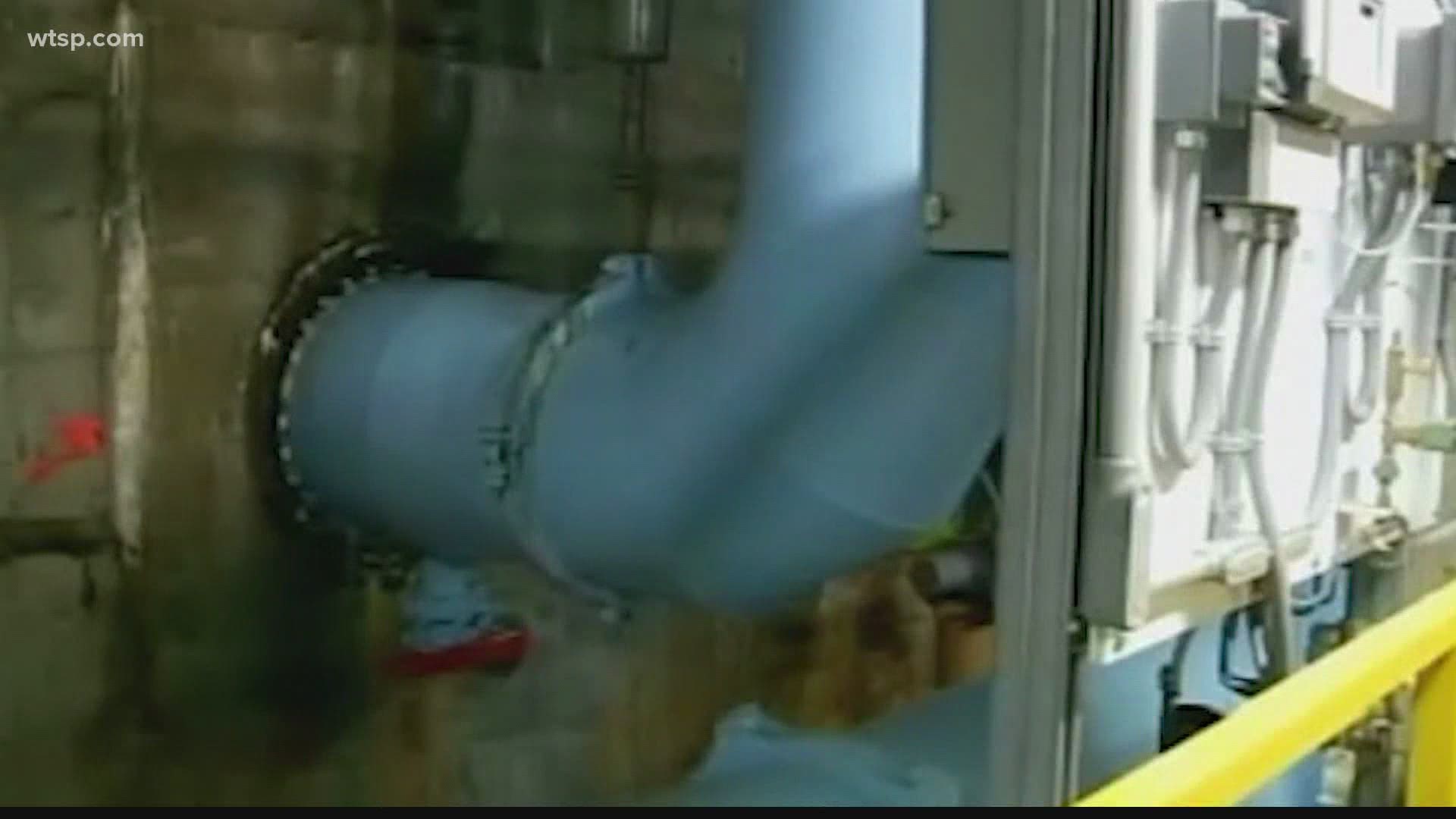TAMPA, Fla. — When government officials realized the coronavirus was turning into a pandemic, they asked non-essential businesses to temporarily close. Causing foot traffic in beauty salons, shopping malls, and some restaurants came to a complete stop in early March.
More than two months have passed, and the pandemic appears to be scaling back. Non-essential businesses are now starting to get the green light to open, but with caution.
Businesses are now tasked with keeping their customers safe by making sure they adhere to the Centers for Disease Control and Prevention’s physical distancing guidelines. However, some business owners may have one more thing to add to their to-do list before reopening.
Florida health department officials advised business owners to clear their water pipes before reopening because the bacteria, Legionella, which can lead to Legionnaire's Disease, could be lingering in their water system.
Legionella is a bacterium that thrives in stagnant water.
“It's very possible that the risk for exposure to Legionella has grown significantly higher during the shutdown and low occupancy period,” said Dr. Janet Stout, president of Special Pathogens Laboratory.
Dr. Stout says before businesses fully reopen; owners should test their water system for Legionella bacteria. The average cost of a test may cost up to $100.
“You want to find out, if you need to do something more significant like disinfect the entire system, which is very difficult and costly,” Dr. Stout said.
Roughly 50 percent of buildings are positive, she says. However, you’ll never know unless you test your water system.
On May 13, 2020, Hillsborough Dept. of Health issued guidance on how to reopen buildings that were unoccupied during the COVID-19 lockdown.
On its website, Hillsborough’s dept. of health listed the following tips on how to prevent Legionella from developing.
Some of the tips include:
- Confirm your water heater is maintained and set to the correct temperature. The CDC recommends setting water heaters to 140°F.
- Clean decorative water features, including fountains
- Thoroughly clean hot tubs, jacuzzies, cooling towers, fire sprinkler systems, eyewash stations and showers
- Flush water systems thoroughly
Depending on the size of the building and water pressure, flushing may need to occur in segments. The purpose of building flushing is to replace all water inside building piping with fresh water.
“Anyone that's engaged in flushing buildings, needs to find out what the chlorine residual is from the community water system at the point of entry into that building, then engage in the flushing program,” explained Robert Bowcock, managing director of Integrated Resource Management.
“Make sure all the aerators are off, everything's cleaned out, and that will prevent the Legionella from infecting someone,” he said.
In 2018, the CDC reported nearly 10,000 cases of Legionnaires disease.
“Luckily it's very rare, but we do see an increase in the spring in the summer,” explained Vanessa Lamers, an assistant director at the Public Health Foundation in Washington, D.C.
With summer right around the corner, and the coronavirus still a threat, legionnaire experts are concerned because the symptoms of Legionnaires disease are similar to COVID-19. Those symptoms include fever, coughing, shortness of breath, and fatigue.
What other people are reading right now:

